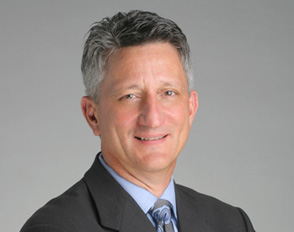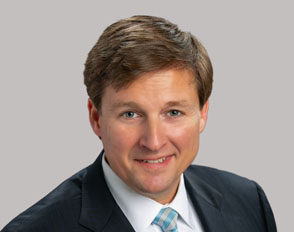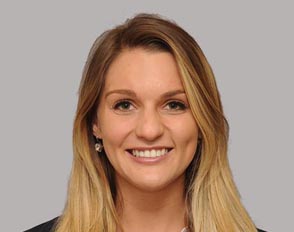Random Drug Testing Percentage Doubles in the New Year
In response to rising positive drug testing rates, the Federal Motor Carrier Safety Administration (“FMCSA”) is doubling the minimum annual percentage rate—from 25% to 50%—for random controlled substance testing for commercial motor vehicle drivers. This change took effect on January 1, 2020.
According to the 12/27/2019 Federal Register, the 2018 FMCSA Drug and Alcohol Testing Survey showed that the rate for random drug testing increased to 1%, a rise from 0.7% in 2016 and 0.8% in 2017. The Department of Transportation regulations require FMCSA to increase the random drug testing rate when data from any calendar year shows a reported positive of one percent or more.
From 1995 until 2015, the minimum drug testing rate was 50%. Then in 2016, FMCSA reduced it to 25% based on two consecutive years (2013–2014) of testing data showing a positive rate of less than one percent.
Industry Impact
The minimum number of random drug tests performed will increase from 1.05 million to approximately 2.1 million in 2020—costing the trucking industry $50 million to $70 million to administer these additional tests according to FMCSA estimates. Carriers will need to plan for these increased administrative costs, including the cost of testing and a possible doubling of the time spent on notifications to drivers and related administrative work.
While some in the trucking industry are calling the move “a financial hit … that no one was expecting,” others are concerned that the actual number of drivers using prohibited substances is higher than the official drug testing program indicates. Last summer, the Alliance for Driver Safety & Security—commonly known as the Trucking Alliance—released results from a study comparing hair testing results to the FMCSA’s mandated urine-testing results. The study revealed “compelling evidence that thousands of habitual drug users are skirting a system designed to prohibit drug use in transportation.” The study found that urinalysis missed 9 out of 10 illicit drug users in pre-employment testing.
The FMCSA also announced the minimum annual percentage rate for random alcohol testing will remain at 10%.
Regarding the percentage change, Timothy Groustra of Dickie, McCamey & Chilcote remarked, “With a long-term driver shortage, an opioid epidemic, and growing acceptance of marijuana use, perhaps it is not surprising to see an increase in failed drug tests. Unfortunately, it just means further pressure on trucking companies in an already tough environment.”
The Federal Register from December 27, 2019, is available by clicking here.
 Edward M. Vavro, Jr. 412-392-5318 evavro@dmclaw.com |
 Joseph J. Golian 614-258-6000 jgolian@dmclaw.com |
 Timothy S. Groustra 313-308-2031 tgroustra@dmclaw.com |
 Maria Carr Law Clerk |
The material on this site is for general informational purposes only and is not intended to be, and should not be construed to be, legal advice. There shall be no liability accepted as a result of any improper reliance on the material on this site. A qualified lawyer should always be consulted with regard to any specific legal issue or problem.
